The English XC Champs are quite possibly the longest running athletic event on the planet. It started in 1876 and has run every year since, minus the years during WWI and WWII. Yet, like Jolyon Attwooll so brilliantly described in the Telegraph, few hear of or even know of this incredible event and the 5283 individual stories that compose it.
The world of cross country running is comparable to a Picasso-like genius who might paint day after day in their backyard but keep all their masterpieces stowed away in a broom cupboard. You hardly ever hear about the winners of the National XC in the media (and the same can be said of the World XC Champs), the runners' GPS files make for horrible reading due to the tough terrain and slipping-and-sliding, and you don't see the selfie onslaught on social media that you get after the obstacle and mud runs that so frequently clog our Instagram feeds.
Instead, cross country battle tales are shared in pubs, trophies are stowed away in dusty clubroom cabinets, and the runners return home for a cold hosing down—a humbling undressing of the north London mud that acts like a finishers' medal covering them from head to toe.
Finishing a cross country race doesn't get you any accolades at the office water cooler on Monday morning, but it boasts an intrinsic reward that is stupidly hard to find in our wifi-connected, centrally-heated worlds.
I think it's something that every runner, know matter your speed or experience or ability, should try at some stage in your running lifetime. I'd argue that you'll never feel as cold, as exhausted, as muddy, and as part of a close-knit-team as you will running cross country. And at the very least it makes you feel super fast once you return to the smooth roads in the spring!
Keen to give cross country a go?
Well, the season is basically over, but you've got the next six months to find a local club and purchase a pair of spikes ready for the next season which will kick off in October.
In the meantime, enjoy these pics and video from Saturday's epic Cross Country Nationals and peruse the list of former winners below.
Photo credits: Tim Hawkes. Video: Phil McElhinney.
Year Venue – Team – Individual
1927 Luton – Middlesex Ladies AC – A M A Williams (Littlehampton Ladies AC)
1928 Chigwell – Middlesex Ladies AC – L D Styles (Littlehampton Ladies AC)
1929 Perivale – Middlesex Ladies AC – L D Styles (Littlehampton Ladies AC)
1930 Wolverton – Westbury H – L D Styles (Littlehampton Ladies AC)
1931 Epsom – London Olympiades AC – G A Lunn (Birchfield H)
1932 Coventry – Birchfield H – G A Lunn (Birchfield H)
1933 Warwick – Airedale H – L D Styles (Haywards Heath Ladies AC)
1934 Kettering – London Olympiades AC – L D Styles (London Olympiades AC)
1935 Longbridge – London Olympiades AC – N Halstead (Radcliffe H & AC)
1936 Chidwell Row – Small Heath H – N Halstead (Radcliffe H & AC)
1937 Perry Barr – Birchfield H – L D Styles (London Olympiades AC)
1938 Luton – Birchfield H – E Forster (Civil Service AC)
1939 Rugby – Birchfield H – E Forster (Civil Service AC)
1940 No Championships
1941 No Championships
1942 No Championships
1943 No Championships
1944 No Championships
1945 No Championships
1946 Cheltenham – Birchfield H – P Sandall (Birchfield H)
1947 Oxford – Birchfield H – R M Wright (St Gregorys Ladies AC)
1948 Sutton Coldfield – Birchfield H – J Kibler (Birchfield H)
1949 Worsley – Birchfield H – E Johnson (Airedale H)
1950 Parliament Hill – Birchfield H – A Gibson (North Shields Poly Ladies AC)
1951 Tadcaster – Ilford AC – P E M Green (Ilford AC)
1952 Perry Barr – Ilford AC – P E M Green (Ilford AC)
1953 Birmingham – Birchfield H – D S Leather (Birchfield H)
1954 Aylesbury – Birchfield H – D S Leather (Birchfield H)
1955 Leeds – Ilford AC – D S Leather (Birchfield H)
1956 Sutton Coldfield – Ilford AC – D S Leather (Birchfield H)
1957 Enfield – Ilford AC – J Bridgland (Southampton AC)
1958 Winton, Lancs – Highgate H – R Ashby (Coventry Godiva H)
1959 Birmingham – London Olympiades AC – J Byatt (Hampstead Heath H)
1960 Morden Park – Ilford AC – J Byatt (Hampstead Heath H)
1961 Sheffield – London Olympiades AC – R Ashby (Coventry Godiva H)
1962 Wolverhampton – London Olympiades AC – R Ashby (Coventry Godiva H)
1963 Richmond Park – Mitcham AC – M C Ibbotson (Longwood Ladies AC)
1964 Bury – Bury & Radcliffe AC – M C Ibbotson (Longwood Ladies AC)
1965 Birmingham – Maryhill Ladies AC – P Davies (Selsonia AC)
1966 Watford – Maryhill Ladies AC – P Davies (Selsonia AC)
1967 Blackburn – Barnet & District AC – P Davies (Selsonia AC)
1968 Coventry – Cambridge H – P Davies (Selsonia AC)
1969 Aldershot – Barnet & District AC – R Lincoln (Essex Ladies AC)
1970 Blackburn – Cambridge H – R Lincoln (Essex Ladies AC)
1971 Wolverhampton – Coventry Godiva H – R Lincoln (Essex Ladies AC)
1972 High Wycombe – Cambridge H – R Lincoln (Essex Ladies AC)
1973 Rawtenstall – Cambridge H – J Smith [Byatt] (Barnet Ladies AC)
1974 Leicester – Barnet & District AC – R Ridley [Lincoln] (Essex Ladies AC)
1975 Paliament Hill – Cambridge H – C Tranter (Stretford AC). Guest D Nagle (Guiness AC) 1st
1976 Blackburn – London Olympiades AC – A Ford (Hounslow AC)
1977 Stoke – Sale H – G Penny (Cambridge H)
1978 High Wycombe – Sale H – M Stewart (Birchfield H)
1979 Runcorn – Aldershot Farnham & District AC- K Binns (Sale H)
1980 Rugeley – Birchfield H – R Smeeth (Aldershot Farnham & District AC)
1981 Colchester – Sale H – W Smith (Hounslow AC)
1982 Carlisle – Sale H – P Fudge (Hounslow AC)
1983 Warwick – Sale H – C Benning [Tranter] (Southampton AC)
1984 Knebworth – Aldershot Farnham & District AC – J Furniss [Shields] (Sheffield AC)
1985 Birkenhead – Crawley AC – A Tooby (Cardiff AC)
1986 Leicester – Sale H – C Bradford (Clevedon AC)
1987 Bexley – Sale H – J Shields (Sheffield AC)
1988 Leeds – Birchfield H – H Titterington (Leicester Coritanian AC)
1989 Birmingham – Parkside (Harrow) AC – A Pain [Hulley] (Leeds City AC)
1990 Rickmansworth – Parkside (Harrow) AC – A Whitcombe (Parkside [Harrow] AC)
1991 Birkenhead – Parkside (Harrow) AC – A Whitcombe (Parkside [Harrow] AC)
1992 Cheltenham – Parkside (Harrow) AC – L York (Leicester Coritanian AC)
1993 Luton – Parkside (Harrow) AC – G Stacey (Bromley Ladies AC)
1994 Blackburn – Parkside (Harrow) AC – P Radcliffe (Bedford & County AC)
1995 Luton – Parkside (Harrow) AC – K McCandless (Parkside [Harrow] AC)
1996 Newark – Parkside (Harrow) AC – A Wyeth (Parkside [Harrow] AC). N Lynch (Oxford University AC) 1st – disqualified non-registered foreign athlete
1997 Havant – Leeds City AC – A Whitcombe (Parkside [Harrow] AC)
1998 Leeds – Shaftesbury Barnet H – M Myers (Parkside [Harrow] AC)
1999 Newark – Shaftesbury Barnet AC – A Newport (Basingstoke & Mid Hants AC)
2000 Stowe – Shaftesbury Barnet AC – T Kryzwicki (Charnwood AC)
2001 Durham – Sale H Manchester – L Yelling (Bedford & County AC)
2002 Bristol – Shaftesbury Barnet H – L Yelling (Bedford & County AC)
2003 Parliament Hill – Chester-le-Street & District AC – H Yelling (Windsor Slough Eton & Hounslow AC)
2004 Leeds – Bristol AC – B Dagne (Belgrave H)
2005 Birmingham – Bristol & West AC – H Yelling (Windsor Slough Eton & Hounslow AC)
2006 Parliament Hill – Charnwood AC – E Hall (Herts Phoenix AC)
2007 Sunderland – Winchester & District AC – L Yelling (Bedford & County AC)
2008 Alton Towers – Winchester & District AC – L Yelling (Bedford & County AC)
2009 Parliament Hill – Charnwood AC – Hatti Dean (Hallamshire Harriers, Sheffield)
2010 Charnwood AC – Stephanie Twell (Aldershot Farnham & District AC)
2011 Charnwood AC – Louise Damen (Winchester & District AC)
2012 Hallamshire Harriers – Gemma Steel (Charnwood AC)
2013 Aldershot Farnham & District AC – Louise Damen (Winchester & District AC)
2014 Parliament Hill - Lillian Partridge (Aldershot Farnham & District)
ENGLISH CROSS COUNTRY CHAMPIONS: SENIOR MEN
Year Venue – Team – Individual
1876 Buckhurst Hill Declared void (32 ran)
1877 Roehampton – Thames Hare & Hounds – P H Stenning (Thames Hare & Hounds)
1878 Roehampton – Spartan H – P H Stenning (Thames Hare & Hounds)
1879 Roehampton – Thames Hare & Hounds – P H Stenning (Thames Hare & Hounds)
1880 Roehampton – Birchfield H – P H Stenning (Thames Hare & Hounds)
1881 Roehampton – Moseley H – G A Dunning (Clapton Beagles)
1882 Roehampton – Moseley H – W G George (Moseley H)
1883 Roehampton – Moseley H – G A Dunning (Clapton Beagles)
1884 Four Oaks, Sutton Coldfield – Moseley H – W G George (Moseley H)
1885 Manchester – Liverpool H – W Snook (Birchfield H)
1886 Croydon – Birchfield H – J E Hickman (Godiva H)
1887 Four Oaks, Sutton Coldfield – Birchfield H – J E Hickman (Godiva H)
1888 Manchester- Birchfield H – E W Parry (Salford H)
1889 Kempton – Salford H – E W Parry (Salford H)
1890 Sutton Coldfield – Salford H – E W Parry (Salford H)
1891 Prenton, Birkenhead – Birchfield H – J Kibblewhite (Spartan H)
1892 Ockham – Tie between Birchfield H and Essex Beagles – H A Heath (South London H). In the subsequent run-off Birchfield H won by 35 pts to 43 pts
1893 Redditch – Essex Beagles – H A Heath (South London H)
1894 Blackpool – Salford H – G Crossland (Salford H)
1895 Wembley – Birchfield H – S Cottrill (Thames Valley H)
1896 Water Orton – Salford H – G Crossland (Manchester H)
1897 Trafford Park – Tie between Salford H and Manchester H – S J Robinson (Northampton & County AC)
1898 Horton, Northants – Salford H – S J Robinson (Northampton & County AC)
1899 Wembley – Highgate H – C Bennett (Finchley H)
1900 Rotherham – Finchley H – C Bennett (Finchley H)
1901 Leicester – Essex Beagles – A Shrubb (South London H)
1902 Lingfield – Highgate H – A Shrubb (South London H)
1903 Haydock – Birchfield H – A Shrubb (South London H)
1904 Wolverhampton – Highgate H – A Shrubb (South London H)
1905 Lingfield – Highgate H – A Aldridge (Highgate H)
1906 Haydock – Sutton H & AC – C J Straw (Sutton H & AC)
1907 Colwall – Birchfield H – G Pearce (Highgate H)
1908 Newbury – Hallamshire H – A J Robertson (Birchfield H)
1909 Haydock – Birchfield H – J Murphy (Hallamshire H)
1910 Derby – Hallamshire H – F C Neaves (Surrey AC)
1911 Taplow – Hallamshire H – F N Hibbins (Thrapston H & AC)
1912 Haydock – Hallamshire H – F N Hibbins (Thrapston H & AC)
1913 Wolverhampton – Birchfield H – E Glover (Hallamshire H)
1914 Chesham – Surrey AC – C H Ruffell (Highgate H)
1915 No Championships
1916 No Championships
1917 No Championships
1918 No Championships
1919 No Championships
1920 Windsor Great Park – Birchfield H – J Guillemot (France)
1921 Doncaster – Birchfield H – W Freeman (Birchfield H)
1922 Hereford – Birchfield H – J Guillemot (France)
1923 Beaconsfield – Birchfield H – C E Blewitt (Birchfield H)
1924 Doncaster – Birchfield H – Cpl W M Cotterell (Royal Corps of Signals)
1925 Hereford – Birchfield H – Cpl W M Cotterell (Royal Corps of Signals)
1926 Wolverton – Birchfield H – J E Webster (Birchfield H)
1927 Crewe – Hallamshire H – E Harper (Hallamshire H)
1928 Leamington – Birchfield H – J E Webster (Birchfield H)
1929 Beaconsfield – Birchfield H – E Harper (Hallamshire H)
1930 Sheffield – Birchfield H – W B Howard (Kettering Town H)
1931 Kettering – Birchfield H – J H Potts (Saltwell H)
1932 Wolverton – Birchfield H – J A Burns (Elswick H)
1933 Alderley Edge – Birchfield H – T Evenson (Salford H)
1934 Himley Park, Dudley – Birchfield H – S Dodd (Wirral AC)
1935 Beaconsfield – Belgrave H – F Close (Reading AC)
1936 Alderley Edge – Birchfield H – J H Potts (Saltwell H)
1937 Stratford-upon-Avon – Birchfield H – H D Clark (York H)
1938 Reading – Mitcham AC – J T Holden (Tipton H)
1939 Worsley – Belgrave H – J T Holden (Tipton H)
1940 No Championships
1941 No Championships
1942 No Championships
1943 No Championships
1944 No Championships
1945 No Championships
1946 Leamington Spa – Belgrave H – J T Holden (Tipton H)
1947 Apsley – Sutton H & AC – A A Robertson (Reading AC)
1948 Sheffield – Belgrave H – S C Wooderson (Blackheath H)
1949 Bromford Bridge, Birmingham – Sutton H – F E Aaron (Leeds St Marks AC)
1950 Aylesbury – Sutton H – F E Aaron (Leeds St Marks AC)
1951 Richmond, Yorkshire – Sutton H – F E Aaron (Leeds St Marks AC)
1952 Great Barr, Birmingham – Victoria Park AAC – W Hesketh (Manchester A & CC)
1953 Reading – Birchfield H – D A G Pirie (South London H)
1954 Birkenhead – Bolton United H & AC – D A G Pirie (South London H)
1955 Bedford – South London H – D A G Pirie (South London H)
1956 Warwick – Sheffield United H & AC – K L Norris (Thames Valley H)
1957 Parliament Hill – South London H – F D Sando (Aylesford PMSC)
1958 Birkenhead – South London H – A F Perkins (Ilford AC)
1959 Peterborough – Sheffield United H & AC – F Norris (Bolton United H & AC)
1960 West Bromwich – Derby & County AC – B B Heatley (Coventry Godiva H)
1961 Parliament Hill – Derby & County AC – B B Heatley (Coventry Godiva H)
1962 Stanley Park, Blackpool – Derby & County AC – G North (Blackpool & Fylde AC)
1963 Cambridge – Coventry Godiva H – B B Heatley (Coventry Godiva H)
1964 Leicester – Portsmouth AC – M R Batty (Thurrock H)
1965 Parliament Hill – Portsmouth AC – M R Batty (Thurrock H)
1966 Sheffield – North Staffs & Stone HAC – R Hill (Bolton United H & AC)
1967 Norwich – Portsmouth AC – R Taylor (Coventry Godiva H)
1968 Sutton Coldfield – Coventry Godiva H – R Hill (Bolton United H & AC)
1969 Parliament Hill – Tipton H – M Tagg (Norfolk Gazelles)
1970 Blackpool – City of Stoke AC – T Wright (Hallamshire H)
1971 Norwich – Shettleston H – D Bedford (Shaftesbury H)
1972 Sutton Coldfield – Tipton H – M Thomas (Thames Valley H)
1973 Parliament Hill – Gateshead H & AC – D Bedford (Shaftesbury H)
1974 Sheffield – Derby & County AC – D Black (Small Heath H)
1975 Stopsley, Luton – Gateshead H & AC – A Simmons (Luton United AC)
1976 Leicester – Gateshead H & AC – B Ford (Aldershot Farnham & District AC)
1977 Parliament Hill – Gateshead H & AC – B Foster (Gateshead H & AC)
1978 Leeds – Tipton H – B Ford (Aldershot Farnham & District AC)
1979 Stopsley, Luton – Gateshead H & AC – M McLeod (Elswick H)
1980 Leicester – Tipton H – N Rose (Bristol AC)
1981 Parliament Hill – Tipton H – J Goater (Shaftesbury H)
1982 Leeds – Tipton H – D Clarke (Hercules Wimbledon AC)
1983 Stopsley, Luton – Aldershot Farnham & District AC – T Hutchings (Crawley AC)
1984 Newark – Aldershot Farnham & District AC – E Martin (Basildon AC)
1985 Milton Keynes – Aldershot Farnham & District AC – D Lewis (Rossendale H & AC)
1986 Newcastle – Tipton H – T Hutchings (Crawley AC)
1987 Stopsley, Luton – Gateshead H & AC – D Clarke (Hercules Wimbledon AC)
1988 Newark – Birchfield H – D Clarke (Hercules Wimbledon AC)
1989 Epsom – Tipton H – D Lewis (Rossendale H & AC)
1990 Leeds – Valli H – R Nerurkar (Bingley H & AC)
1991 Stopsley, Luton – Bingley H & AC – R Nerurkar (Bingley H & AC)
1992 Newark – Tipton H – E Martin (Basildon AC)
1993 Parliament Hill – Bingley H & AC – R Nerurkar (Bingley H & AC)
1994 South Shields – Blackheath H – D Lewis (Rossendale H & AC)
1995 Wigmore, Luton – Blackheath H – S Duval (Cannock & Stafford AC)
1996 Newark – Bingley H & AC – J Nuttall (Preston H & AC)
1997 Havant – Tipton H – S White (Coventry Godiva H)
1998 Leeds – Bingley H & AC – D Bannister (Shaftesbury Barnet H)
1999 Newark – Tipton H – J Pugsley (Birchfield H)
2000 Stowe – Tipton H – G Tromans (Coventry Godiva H)
2001 Durham – Bingley H & AC – M Openshaw (Birchfield H)
2002 Bristol – Bingley H & AC – S Haughian (Windsor Slough Eton & Hounslow AC)
2003 Parliament Hill – Leeds City AC – M Smith (Tipton H)
2004 Leeds – Belgrave H – G Tromans (Coventry Godiva H)
2005 Birmingham – Salford H & AC – G Tromans (Coventry Godiva H)
2006 Parliament Hill – Leeds City AC – P Riley (Leigh H & C)
2007 Sunderland – Leeds City AC – F Tickner (Wells City H)
2008 Alton Towers – Leeds City AC – T Humphries (Cannock & Stafford AC)
2009 Parliament Hill – Newham & Essex Beagles – Francis Tickner (Wells City H)
2010 Aldershot Farnham and District AC – A. Vernon (AF&D AC)
2011 Leeds City AC – S. Vernon (Stockport Harriers & AC)
2012 Leeds City AC – K. Gerrard (Newham and Essex Beagles AC)
2013 Morpeth Harriers and AC – K. Gerrard ( Newham and Essex Beagles AC)
2014 Parliament Hill - Charlie Hulson (Sale Harriers)
FOR MORE INFO ON CROSS COUNTRY RUNNING, PLEASE VISIT THE ENGLISH CROSS COUNTRY ASSOCIATION.

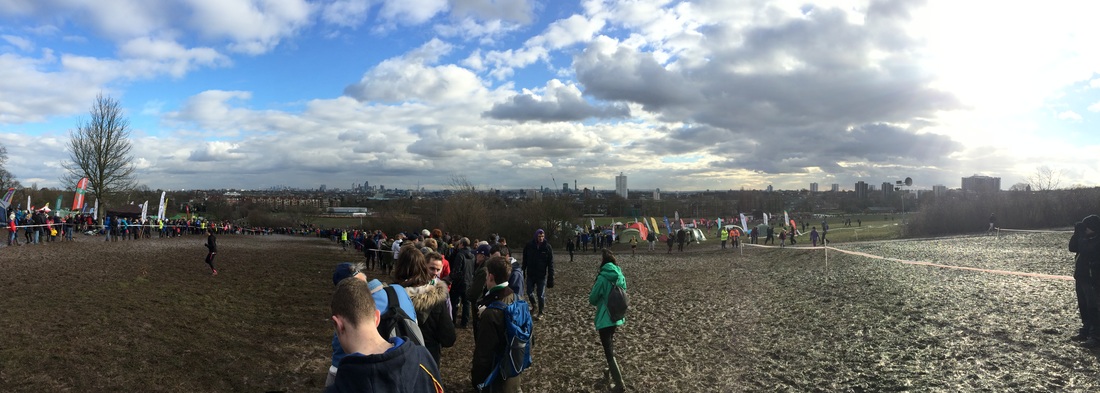
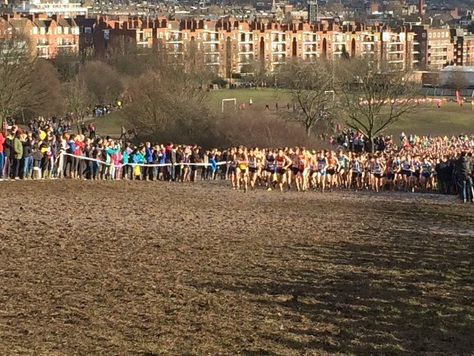
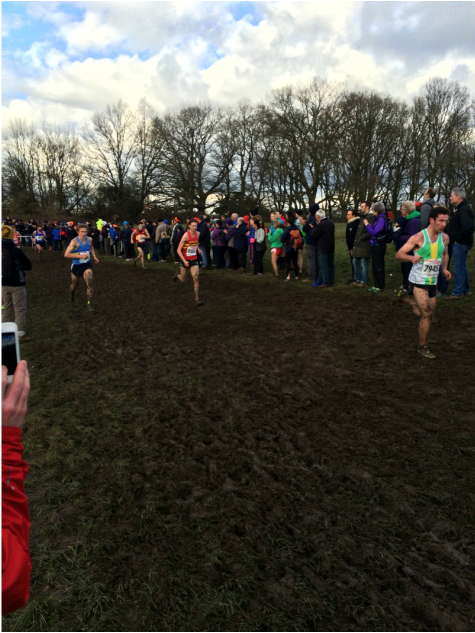
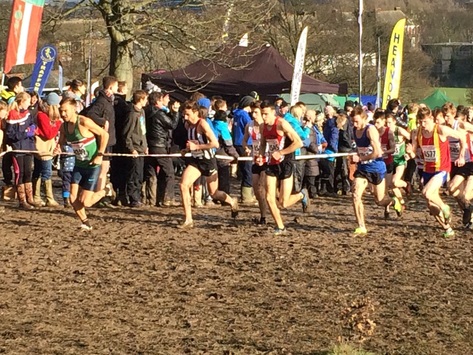
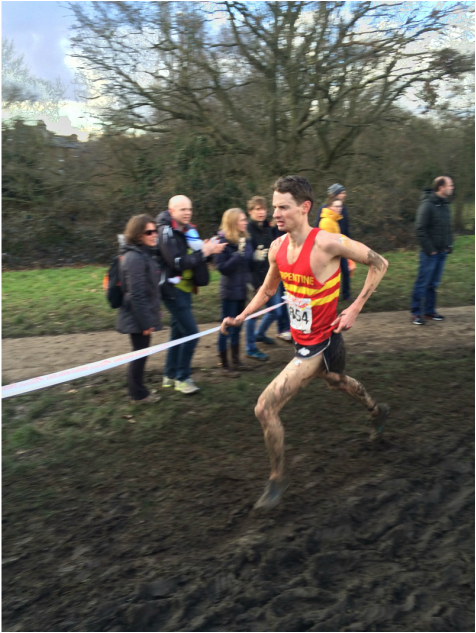
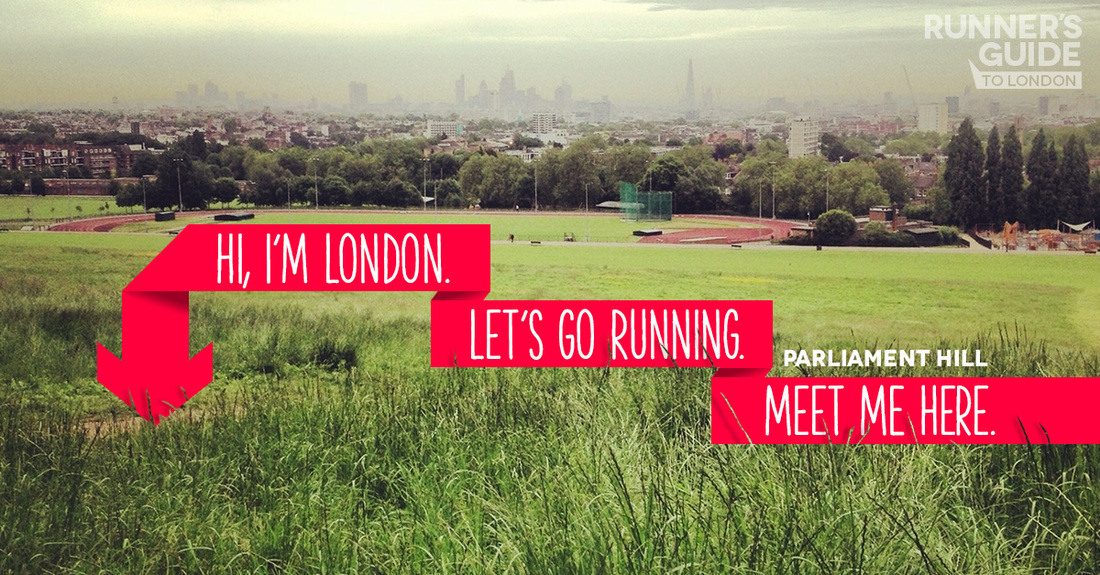


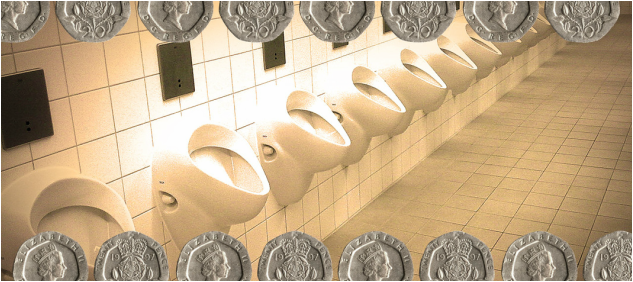

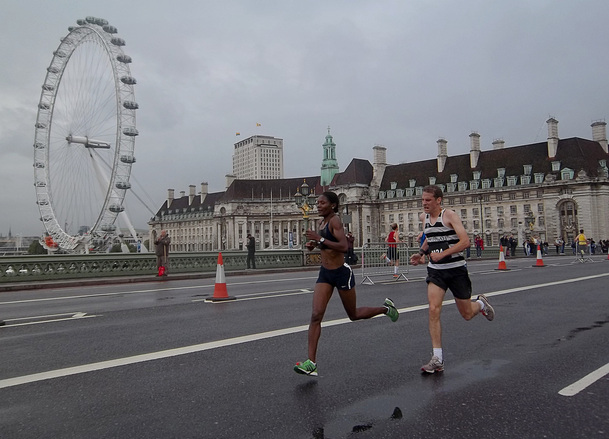
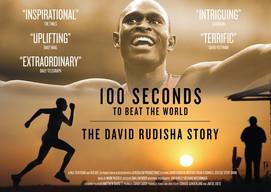
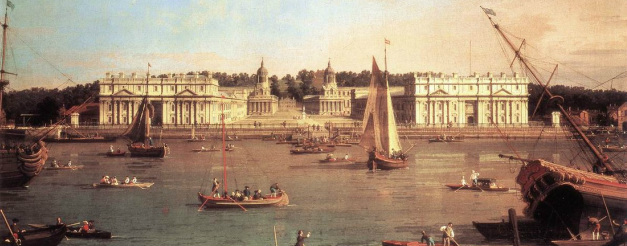

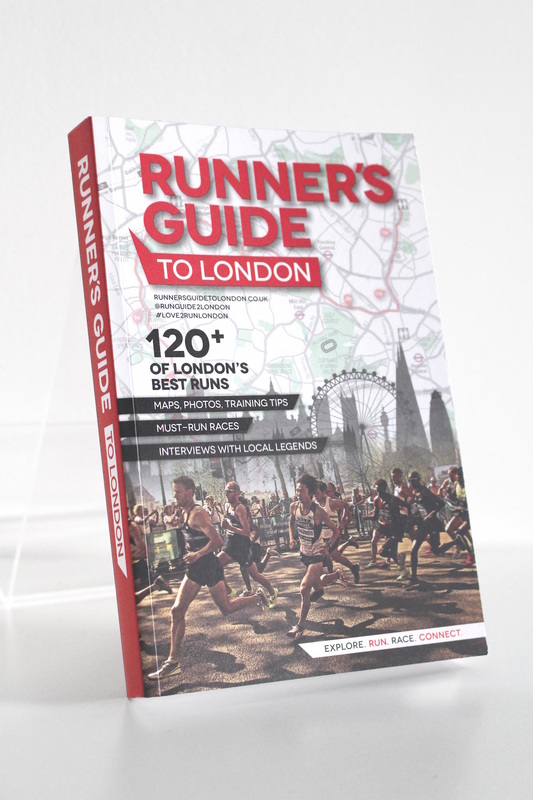
 RSS Feed
RSS Feed


